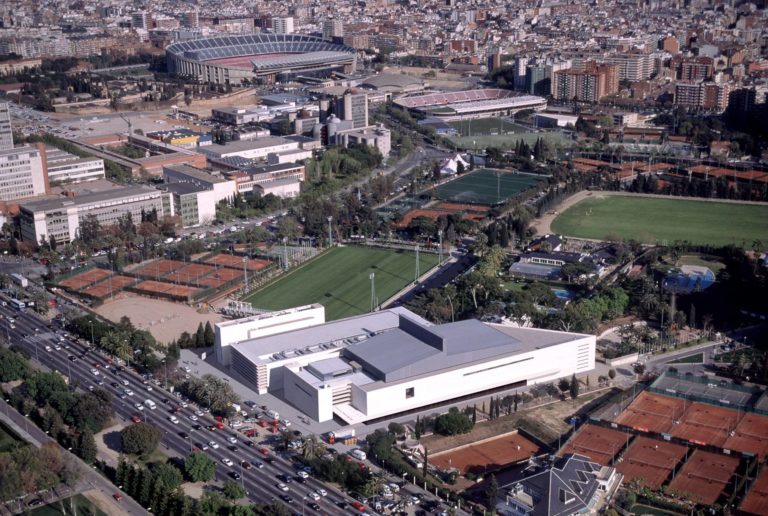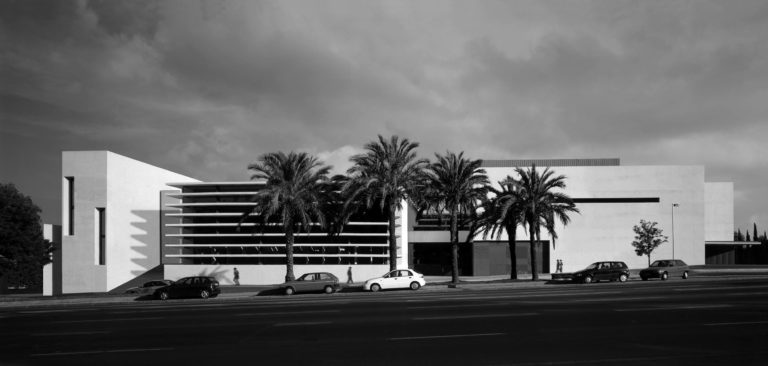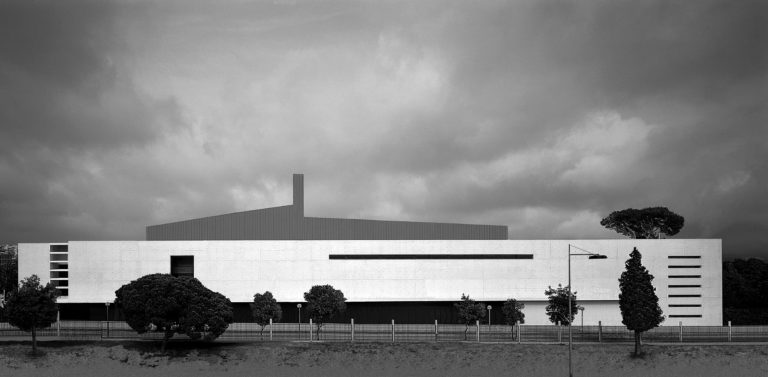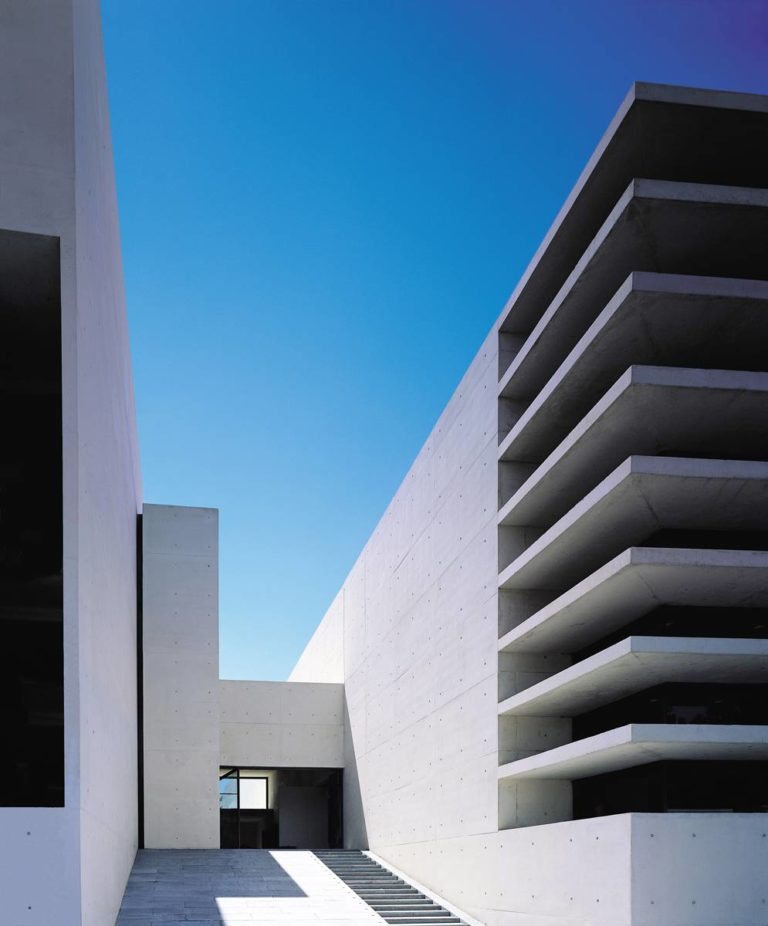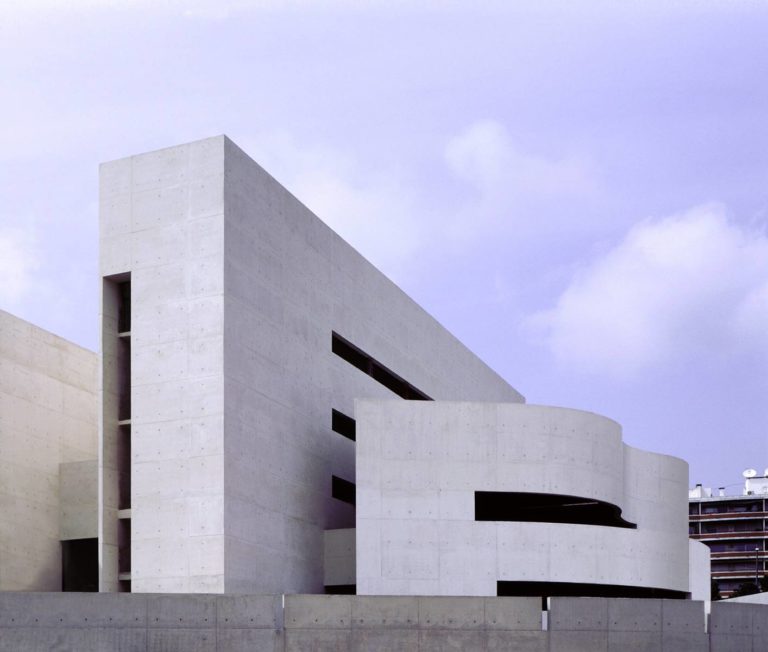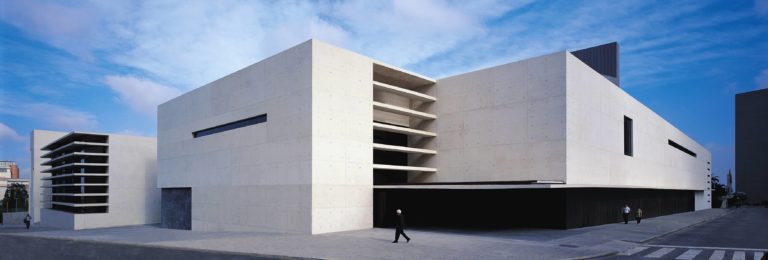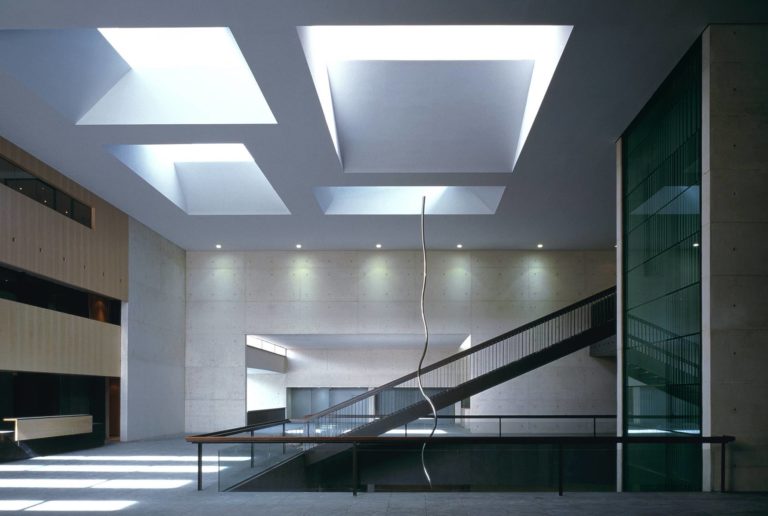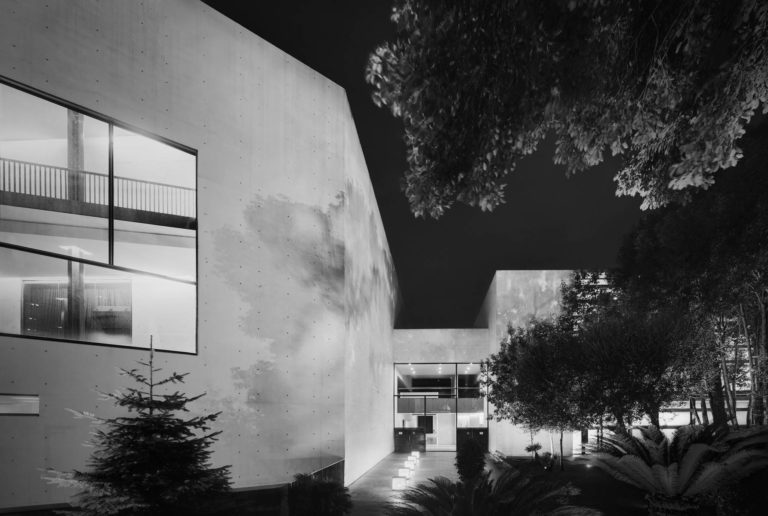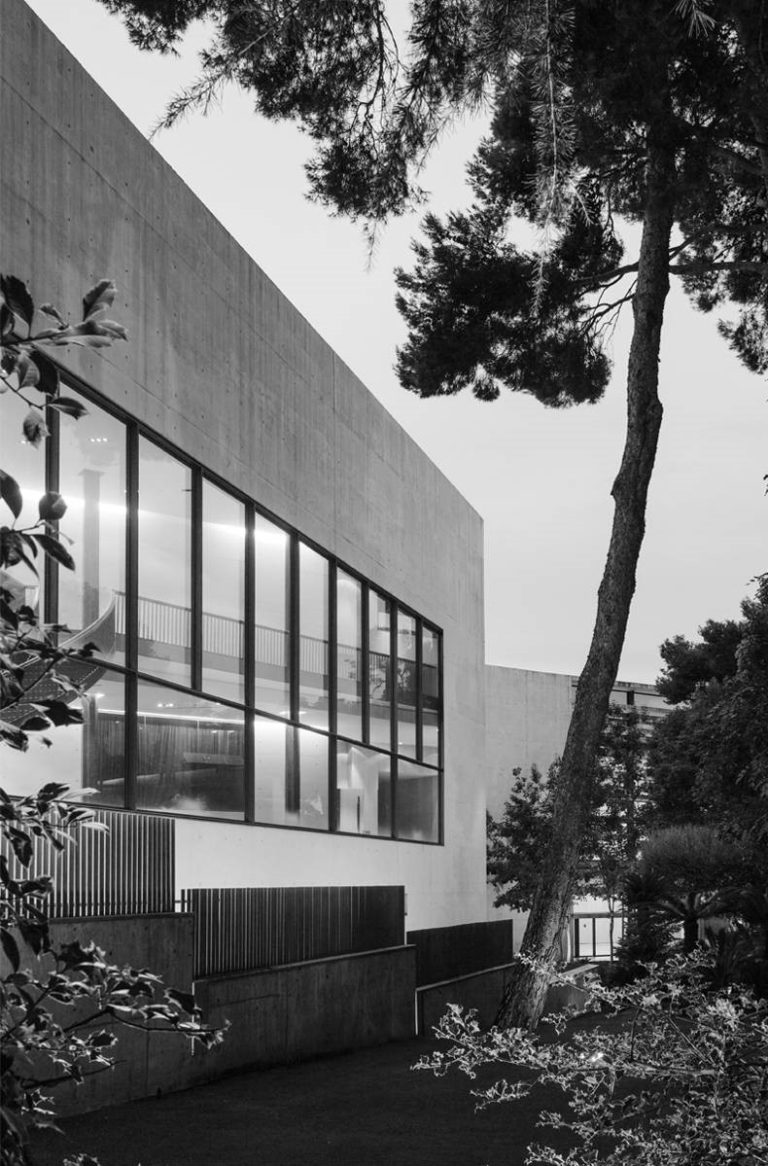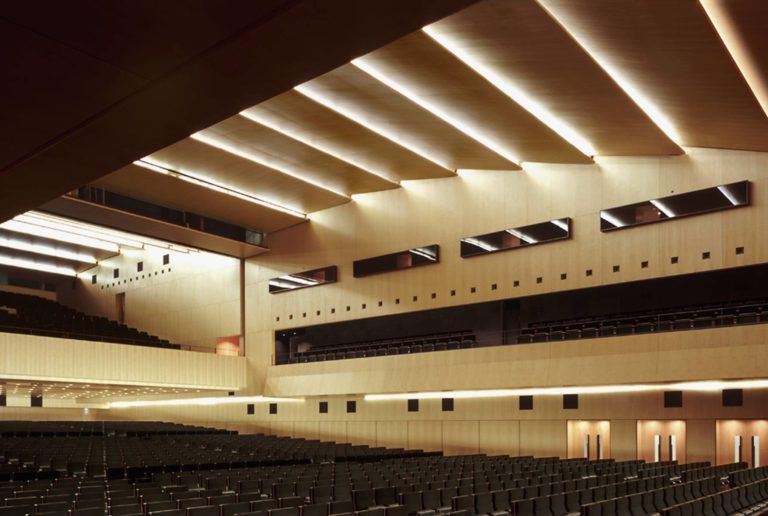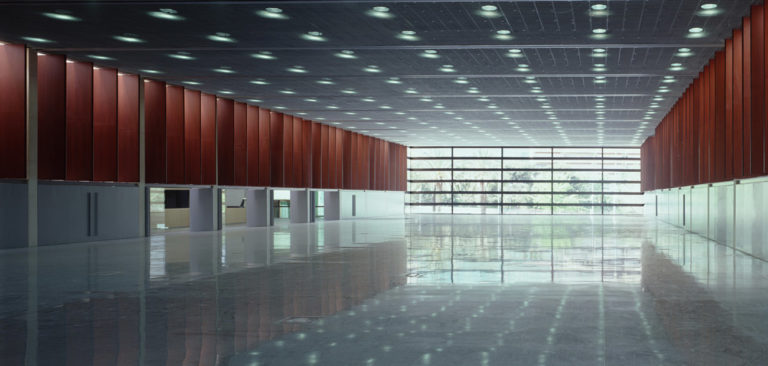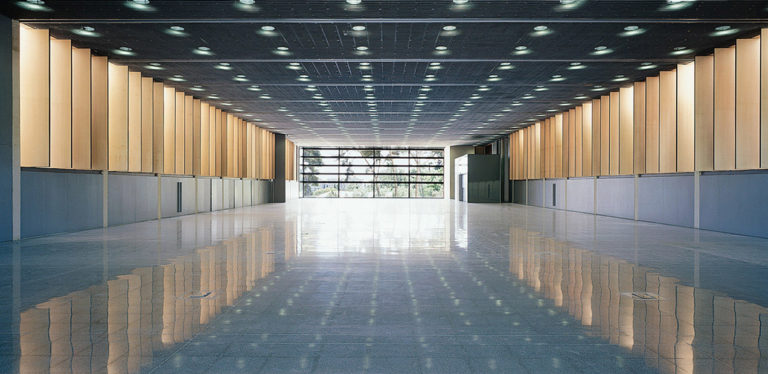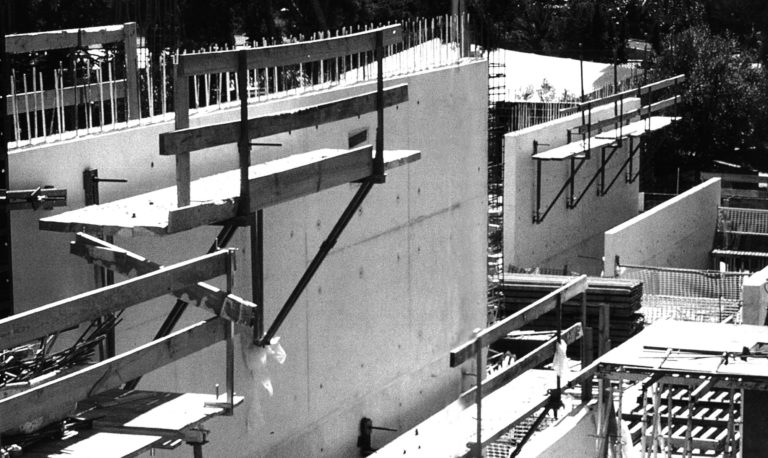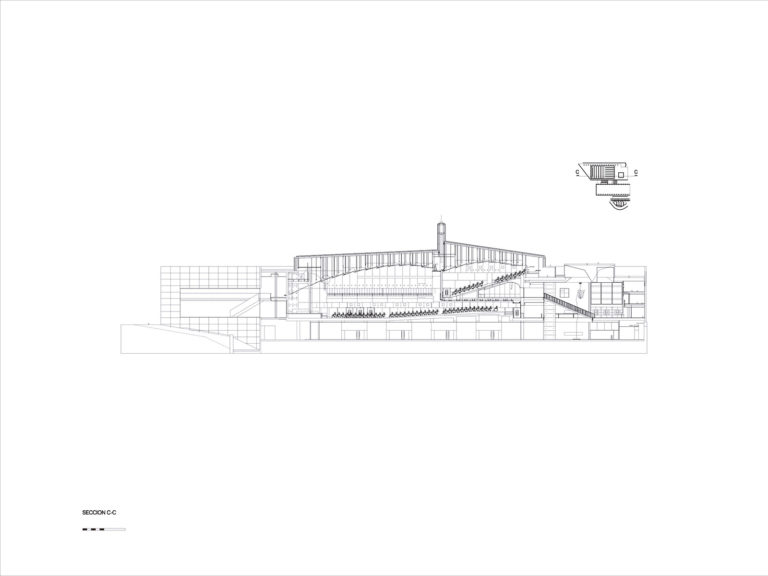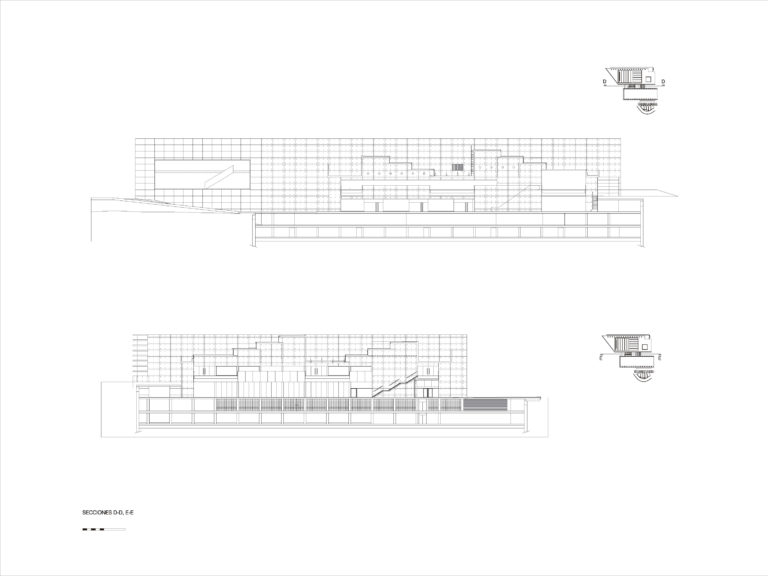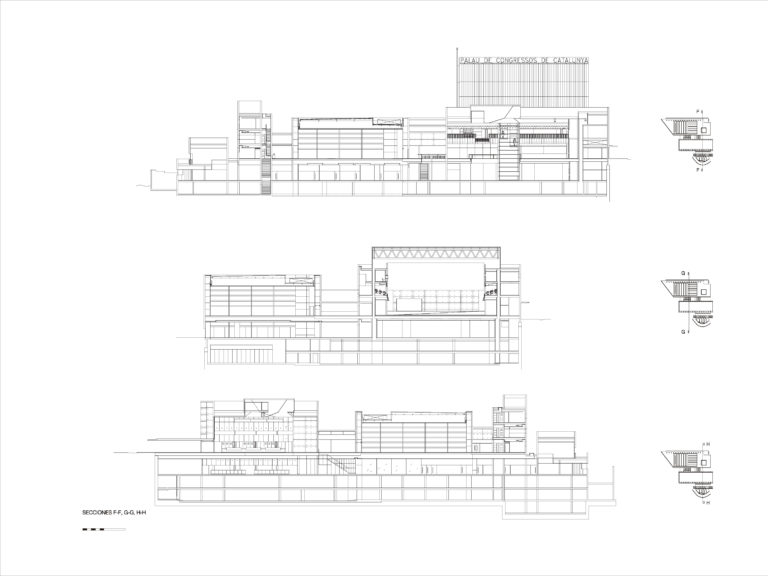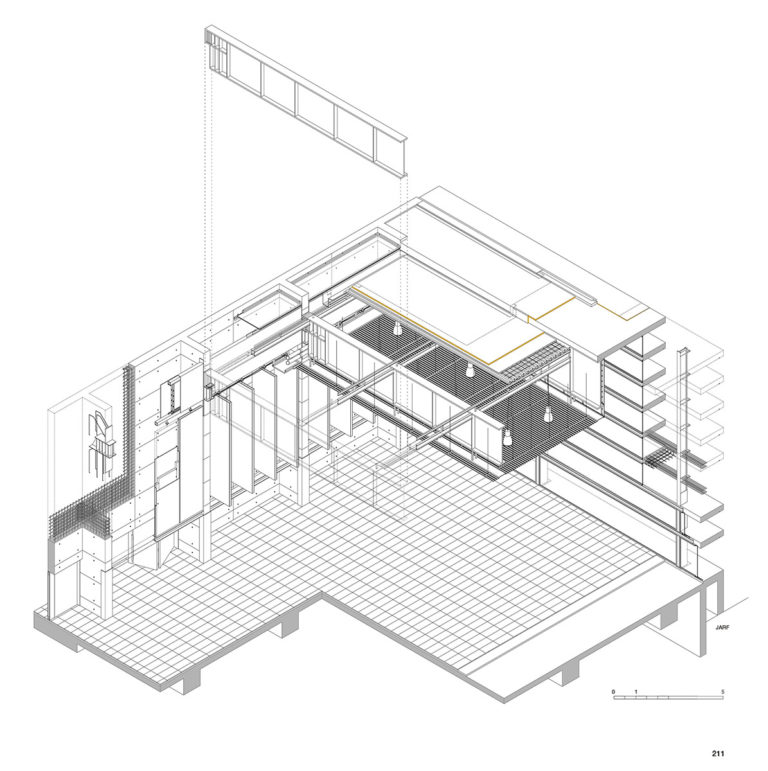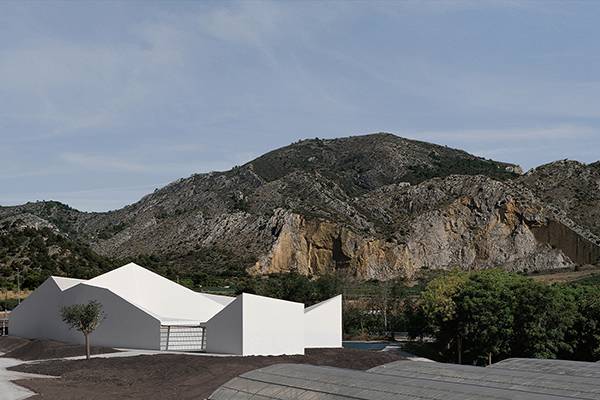Catalonia Convention Center

Catalonia Convention Center
The Palau de Congressos de Catalunya (Congress Centre of Catalonia) stands in the southwest limits of the city of Barcelona, by the A-2 motorway approach. It is positions next to the Hotel Rey Juan Carlos I and its gardens, the Fitness Centre, the Turó Tennis Club and the Polo Club, and presents its two main facades into Carrer de la Torre Melina (west face) and Avinguda Diagonal (north).
This is, then, an entrance point to the city of Barcelona with a large concentration of university, sport, financial, commercial and hotel amenities. Avinguda Diagonal is a street which offers a wide range of four- and five- star hotels, making it a prime position for a congress centre to make the most of the conditions that the city offers.
The project aspires to endow the complex – comprising privately-developed building- with an institutional quality, as a public facility.
It is set in an area of wide-open spaces, but on an urban scale. The complex formed by the various facilities and their gardens blends into this urban scale, giving rise to their own independent formal and functional references. A place between the country and the city, situated on high land overlooking the urban landscape and offering vistas of Montjuïc and the coast.
The building is broken down into volumes, which facilities its occupation of the sloping topography of the site, filling in the difference in level between Avinguda Diagonal and the gardens of LaTorre Melina. This mechanism is implemented to house a large constructed volume with a user-friendly presence in the city. Its inside is doubly surprising for its great volumetric and spatial as opposed to its fragmented outer appearance. The use of materials, particularly whit concrete as practically the only outer covering highlights this contrast with an aggregate composition.
The building is divided into three volumes separated by the site’s own two streets providing visuals communication between Avinguda Diagonal and the gardens of La Torre Melina, and allowing daylight into its rooms. These lenghtwise streets dividing the complex into lenghtwise strips are joined by the hall, the foyer and crosswise elements: the two streets at garden level which lead into independent, complementary entrances.
The centre is laid out not so much in the form of independent functional elements as with a social system of overlapping parts which to make up a kind of mini-city.
The circuit starts in the hall, continues along the street before entering the main auditorium with capacity for over two thousand people and into the foyer, which is a place rather than a container for activity, due to the imposing presence of the landscape. The exhibition hall also stands out for its identifiable exterior image and the way light is treated. From here on, the circuit continues through the lower floor on a level with the gardens; this floor contains the modular halls, dining rooms and a series of support services including the cafeteria-cum-restaurant, offices and complementary spaces corresponding to the third sector of the building.
The diversity and functional autonomy of the different parts, which is manifested in the longitudinal sections, can also be interpreted in terms of the appearance of spaces without a brief – streets for circulation and squares – reflected in the cross sections. The complex functions as an interwoven system, as a whole in the form of a kind of small city.
Exhibitions
2012
- "SPANISH ARCHITECTURE 1975-2010. '35+ BUILDING IN DEMOCRACY'. Galería de los Nuevos Ministerios in Madrid.
2010
- Virtual Gallery with the proposals of the Competition of the Master Plan of "la Ciudad de las Lenguas" in Castellón.
- "A CITY CALLED SPAIN' . National Glyptotheque, Atenas.
